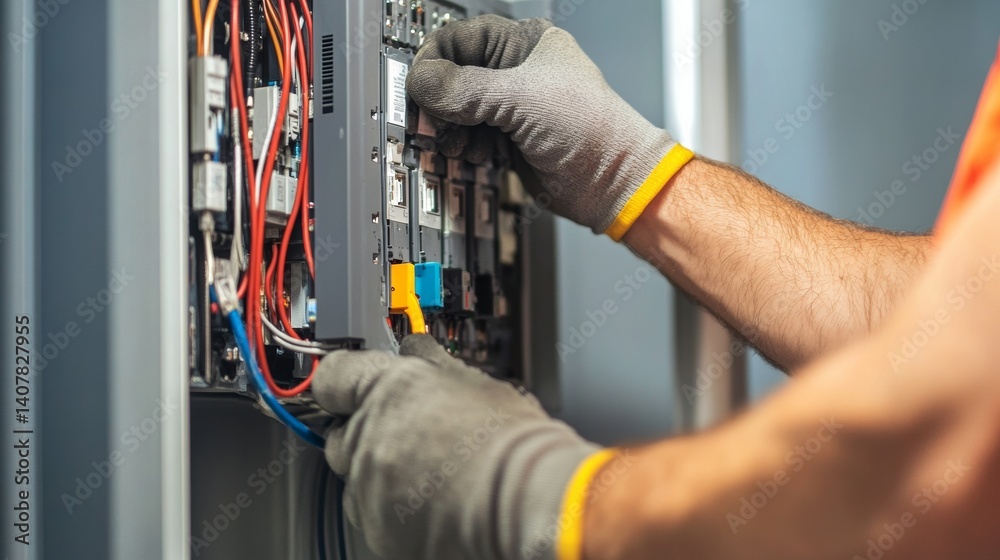
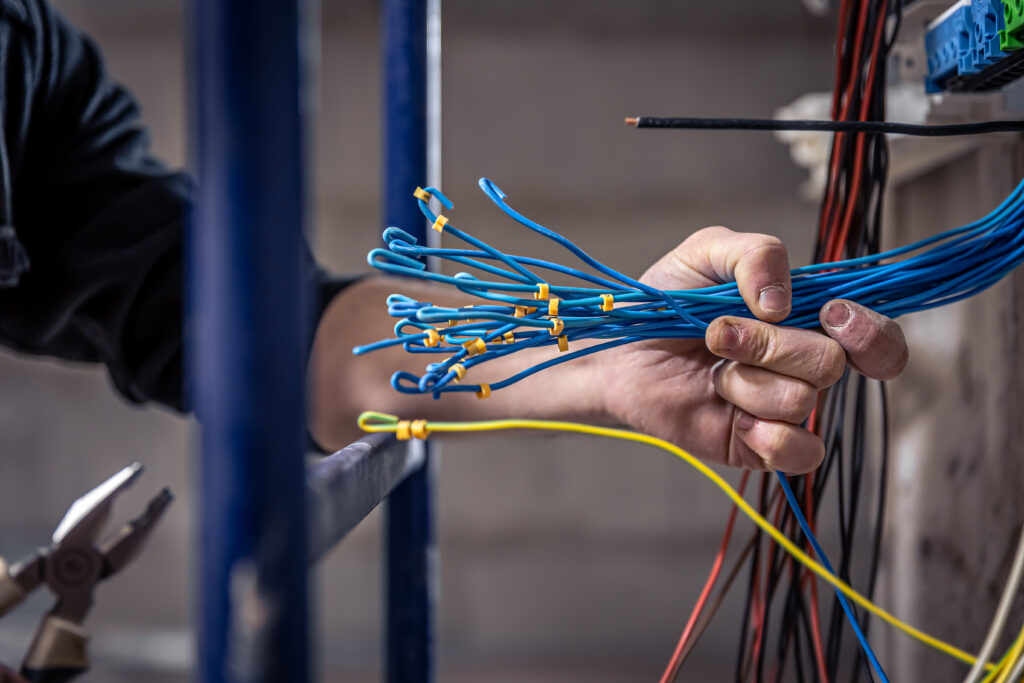
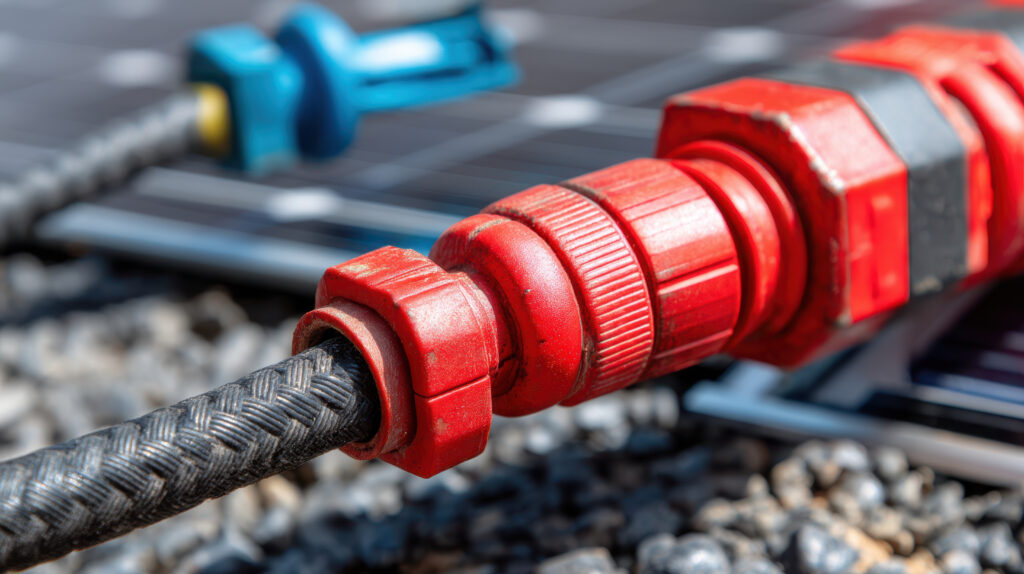
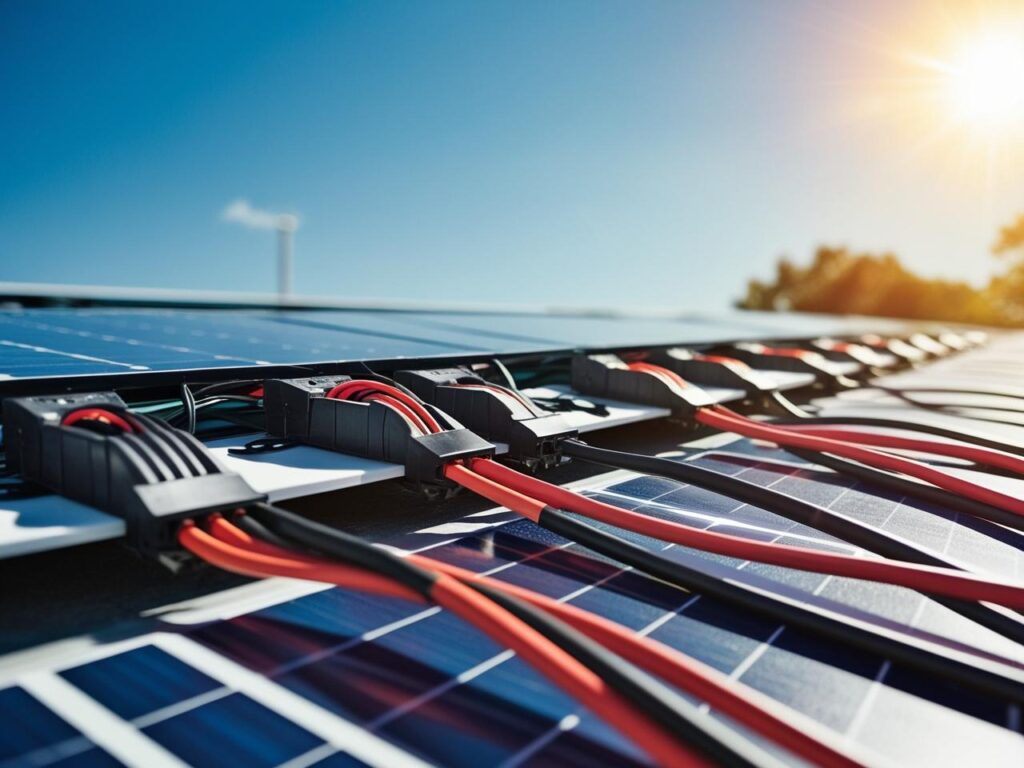
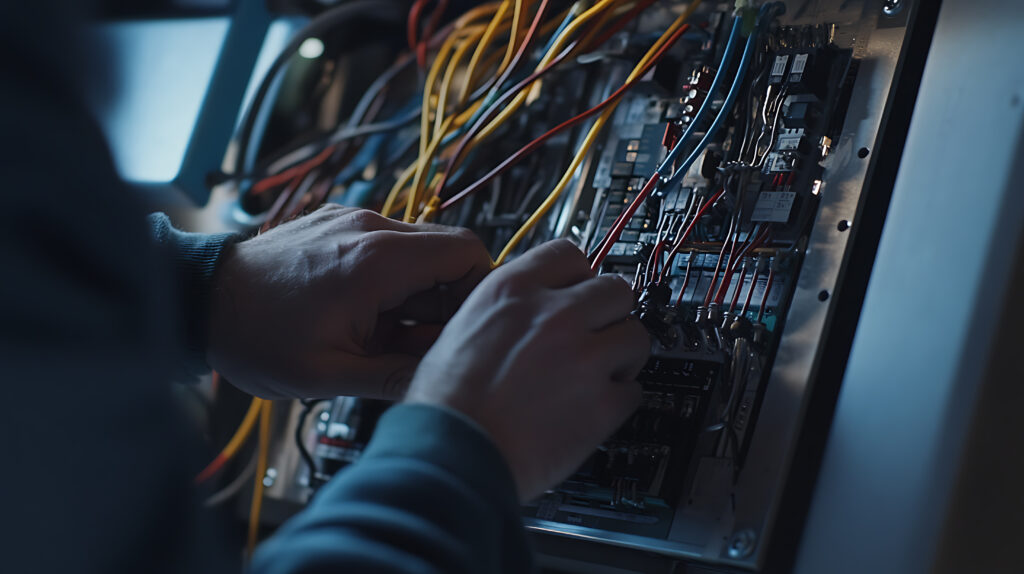
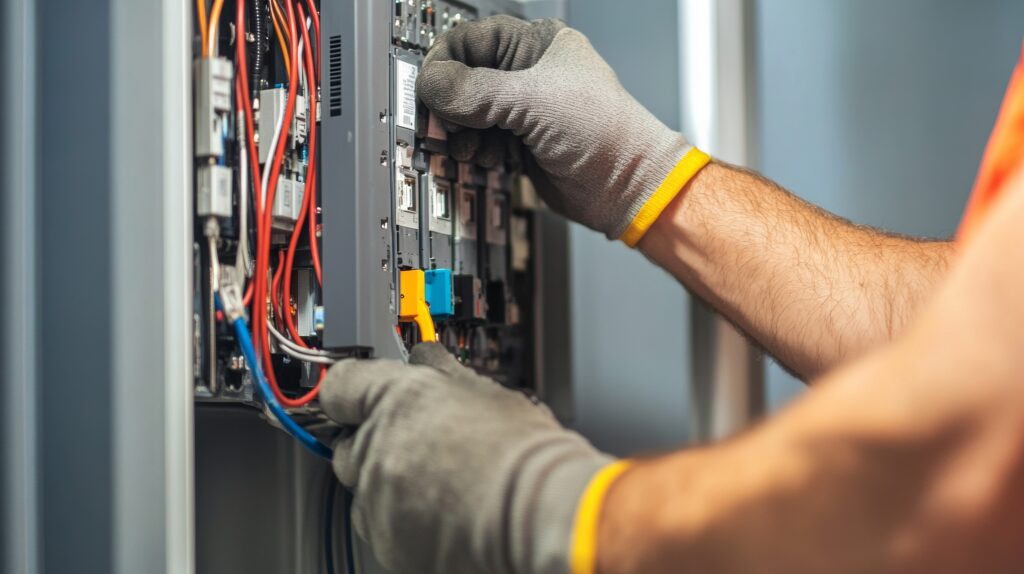
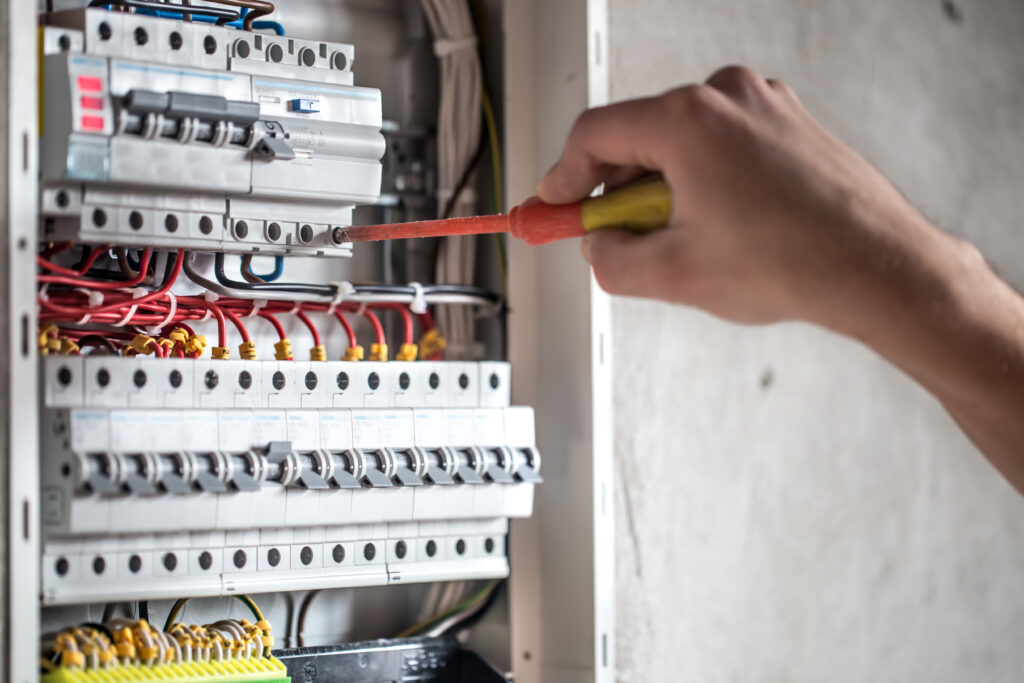
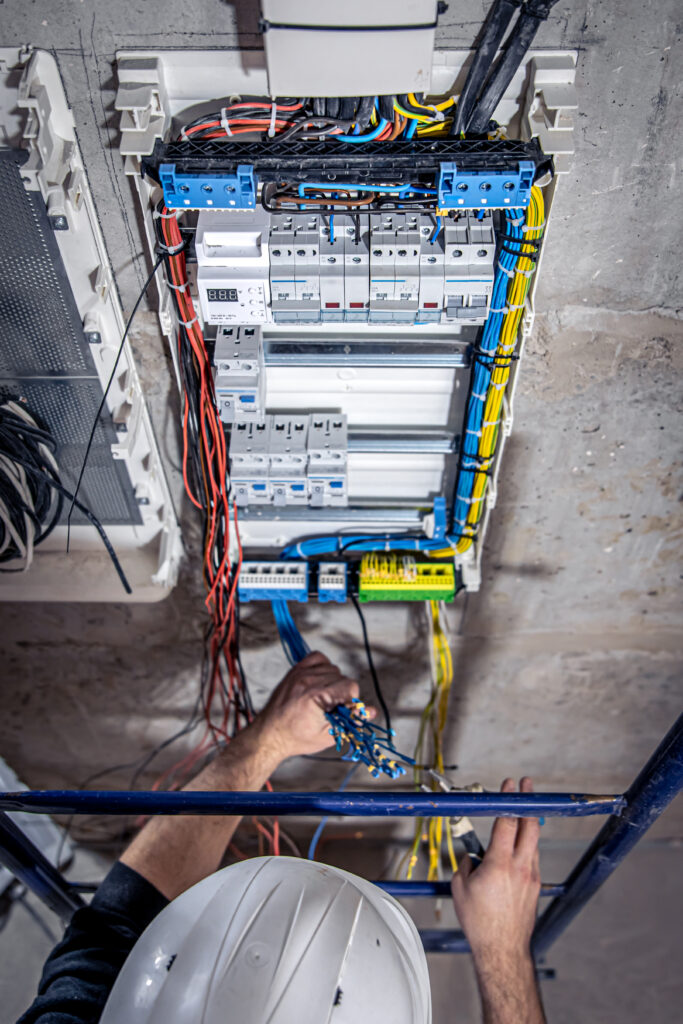
When setting up solar power systems, understanding Solar Wiring essentials is crucial for both efficiency and safety. Selecting the right cables, fuses, and safety protocols is fundamental, particularly when it comes to gauge selection and arc-fault protection. These considerations ensure the system operates effectively while minimizing hazards.
Solar Wiring Gauge Selection
Choosing the right gauge of wire is vital in solar installations. The correct gauge affects both performance and safety standards. Wire gauge is defined by the American Wire Gauge (AWG) system, where a lower number means a thicker wire. Thicker wires can carry more current, reducing resistance and voltage drop.
-
Understanding Ampacity: Each wire gauge has a designated ampacity, representing the maximum current it can carry safely. Using a wire with insufficient gauge can result in overheating, which increases the risk of fire.
-
Voltage Drop Considerations: Voltage drop is another critical factor. Over long distances, voltage can be lost in the wires, negatively affecting the system’s efficiency. Ideally, the voltage drop should remain below 3% for optimal performance. This can be calculated using voltage drop formulas or charts, allowing installers to select the proper gauge at various distances from the solar panels to the inverter and battery storage.
-
Environmental Factors: Ambient temperature and the installation environment can also impact wire performance. In warmer settings, for instance, ampacity ratings decrease, necessitating a thicker wire to compensate. Additionally, insulation types vary, with some cables rated for UV exposure, moisture, or extreme temperatures, impacting their suitability for outdoor installations.
Solar Wiring Arc-Fault Protection
Arc-faults present one of the significant risks in any electrical system, particularly in solar setups where power fluctuates widely. Arc-faults occur when there is a breakdown of insulation or a loose connection, causing a spark that can ignite surrounding materials.
-
Importance of AHJ Compliance: Most jurisdictions require arc-fault circuit interrupters (AFCIs) in residential wiring. The National Electrical Code (NEC) mandates the protection of solar circuits against these faults, recommending AFCIs to be installed in DC circuits. Compliance ensures both safety and adherence to national standards.
-
Types of Arc-Fault Protection: Different models are available, including series Arc-Fault Circuit Interrupters (AFCIs) that detect series faults and parallel AFCIs that identify faults along multiple circuits. Implementing both types enhances the safety and reliability of solar installations.
-
Regular System Monitoring: Integrating advanced monitoring systems that log performance data can help spot irregularities indicative of potential arc faults. Such systems can alert homeowners or operators to issues before they escalate into hazardous situations.
Solar Wiring Safety Protocols
Implementing strict safety protocols during installation can prevent accidents and ensure compliance with safety standards.
-
Use of Proper Personal Protective Equipment (PPE): Installers should be equipped with appropriate PPE, including gloves, goggles, and insulated tools, to mitigate the risk of electric shocks or falls during installation.
-
Isolation Procedures: Whenever making connections or changes, isolating the electrical system from the grid and other systems is essential to prevent inadvertent shocks.
-
Training and Certification: Ensuring all team members involved in the installation are well-trained and certified is crucial for adhering to best practices. This includes knowledge of electrical codes and safety practices applicable in their location.
In conclusion, effectively designing a solar power system depends significantly on the careful selection of cables, integration of arc-fault protection, and adherence to safety protocols. Proper gauge selection optimizes performance while reducing hazards, whereas arc-fault protection safeguards against potential electrical risks. By following these guidelines, installers can create a safe and efficient solar power system that meets both user needs and regulatory standards.
For further insights, check out other relevant blogs on solar energy solutions at Andromeda Energy, such as:
- Understanding Solar Panel Efficiency
- Solar Energy Installation Safety Tips
- The Importance of Solar Panel Maintenance
For reliable solar solutions, always consider Andromeda Energy as your trusted partner.
For Further Detail
https://www.renewableenergyworld.com/


Leave a Reply